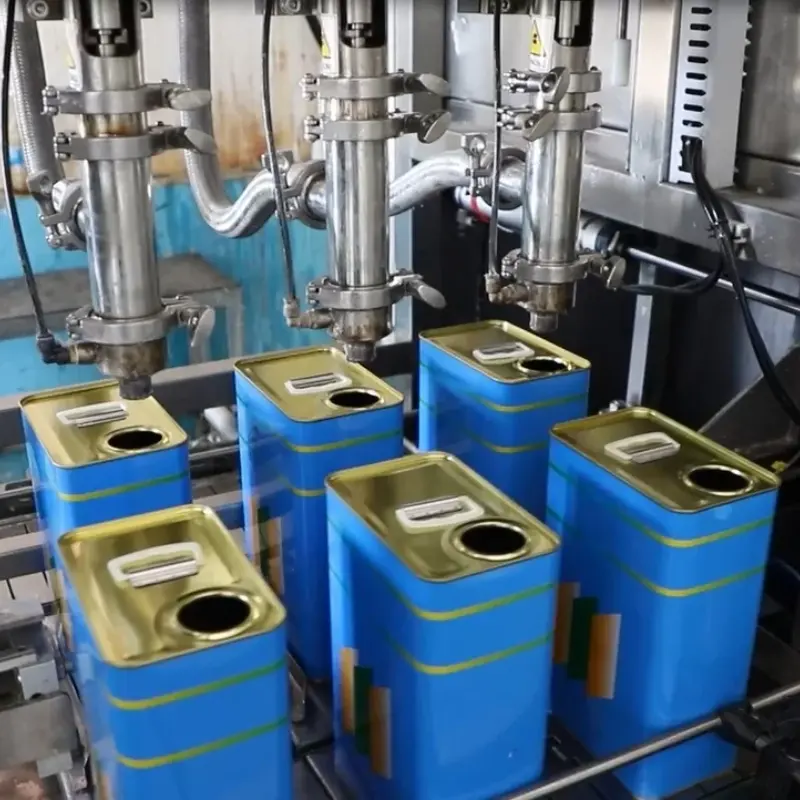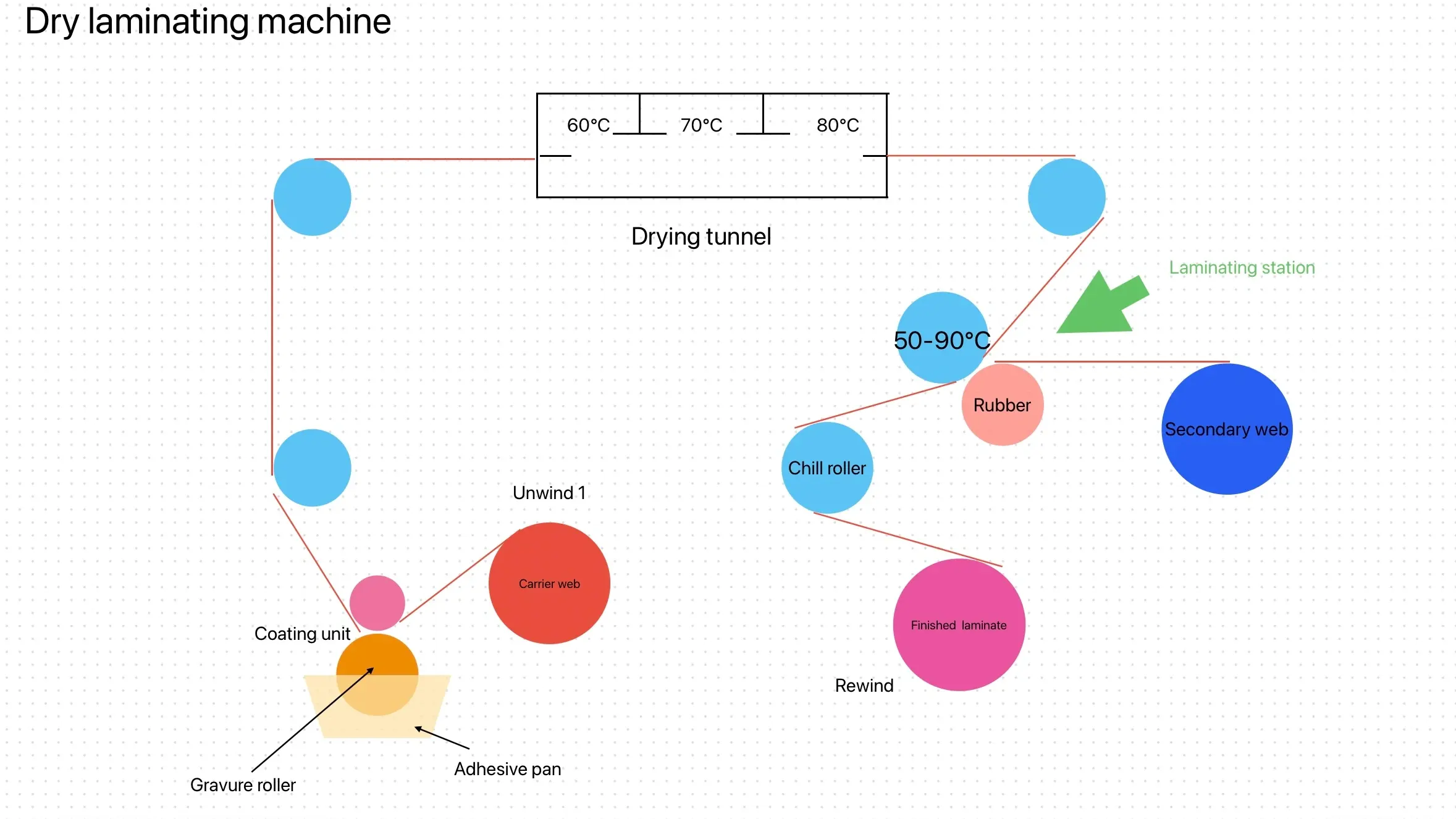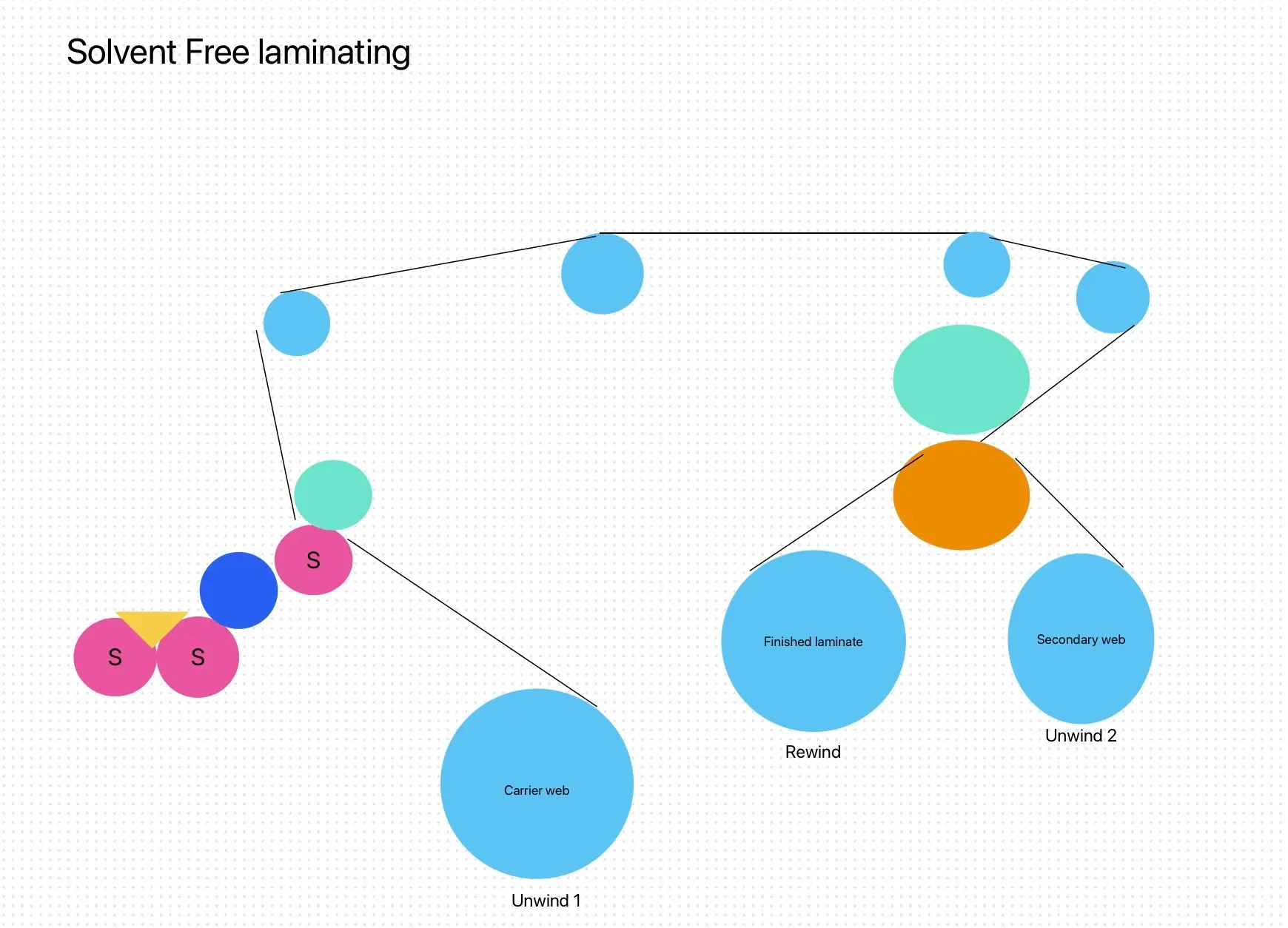Table of Contents
Lamination adhesives are essential in the flexible packaging industry, playing a pivotal role in enhancing the barrier properties of various materials. These adhesives not only ensure product safety and longevity but also contribute to sustainability and consumer satisfaction. Below, we explore the specific ways in which lamination adhesives improve barrier properties in flexible packaging, detailing their functions and benefits.
1. Moisture Barrier Enhancement
Mechanism
Lamination adhesives create a tightly sealed bond between layers of packaging materials, such as films and foils. This bond reduces moisture permeability by minimizing microscopic gaps that could allow moisture ingress or egress.
Benefits
- Freshness Preservation: By preventing moisture from entering or escaping, products like snacks, baked goods, and fresh produce can maintain their texture and flavor for longer periods.
- Extended Shelf Life: Improved moisture barriers help prolong the shelf life of perishable goods, reducing food waste and supporting manufacturers’ sustainability goals.
- Cost Savings: Reducing moisture loss can also mean fewer product returns and increased customer satisfaction, leading to cost savings for manufacturers.

2. Oxygen Barrier Improvement
Mechanism
Lamination adhesives enhance the bonding of high-barrier materials, such as ethylene vinyl alcohol (EVOH) and aluminum foil, which have excellent oxygen barrier properties. The adhesive forms a strong interface between these materials, ensuring a tight seal that minimizes oxygen transfer.
Benefits
- Oxidation Prevention: By limiting oxygen exposure, lamination adhesives help prevent oxidation, which can cause rancidity in fats and oils, loss of nutritional value, and deterioration of flavor.
- Quality Retention: Products like meats, cheeses, and pharmaceuticals benefit from this enhanced oxygen barrier, ensuring they remain fresh and effective for longer periods.
- Consumer Trust: Effective oxygen barriers help manufacturers assure consumers about product quality and safety, thus enhancing brand loyalty.
3. Light Protection
Mechanism
Certain lamination adhesives are specifically designed to bond materials that block light, such as opaque films or foils. By creating a layered structure, these adhesives prevent harmful light from penetrating the package.
Benefits
- Sensitive Product Protection: Light-sensitive products, including vitamins, medications, and some food items, are protected from degradation caused by UV and visible light exposure.
- Color and Flavor Preservation: Light protection helps maintain the color and flavor of products, which is particularly important for beverages, spices, and packaged foods.
- Brand Presentation: Effective light barriers enhance product presentation on shelves, ensuring that the packaging remains visually appealing to consumers.

4. Chemical Resistance
Mechanism
Lamination adhesives improve the resistance of packaging materials to a range of chemicals by forming a barrier that prevents solvents, oils, and other aggressive substances from permeating through the package.
Benefits
- Safety Assurance: Chemical resistance is crucial for packaging hazardous materials, cleaning agents, and industrial products, ensuring that harmful substances do not leak or contaminate the environment.
- Versatility in Applications: Packaging materials that resist chemical exposure can be used across various industries, including food, pharmaceuticals, and chemicals, broadening the scope of application for manufacturers.
- Compliance with Regulations: Enhanced chemical resistance helps manufacturers meet safety and regulatory requirements, reducing liability and protecting consumers.
5. Mechanical Strength and Durability
Mechanism
The combination of layers through lamination provides a robust structure that enhances the overall mechanical strength of the packaging. Adhesives bond different materials, creating a composite that can withstand physical stress.
Benefits
- Resistance to Punctures and Tears: Enhanced mechanical properties allow flexible packaging to resist punctures, tears, and other forms of damage during handling and transportation.
- Increased Protection: Products remain secure and intact, minimizing the risk of spoilage or contamination due to packaging failure.
- Cost-Effectiveness: Durable packaging can lead to reduced material usage, as thinner films can be employed without compromising strength, resulting in cost savings and less waste.

6. Sustainability and Environmental Impact
Mechanism
Lamination adhesives can facilitate the use of eco-friendly materials, such as biodegradable films or recyclable substrates, by ensuring strong bonds that maintain barrier properties.
Benefits
- Reduced Environmental Footprint: By enabling the use of sustainable materials, lamination adhesives contribute to reducing the overall environmental impact of packaging.
- Consumer Preference: As consumer demand for sustainable packaging rises, manufacturers can leverage lamination adhesives to create products that align with eco-friendly values.
- Innovation in Materials: The development of new adhesives that work with renewable resources encourages innovation in packaging design, allowing for continuous improvement in sustainability.
Conclusion
Lamination adhesives are fundamental in enhancing the barrier properties of flexible packaging materials. By improving moisture and oxygen barriers, providing light protection, ensuring chemical resistance, and increasing mechanical strength, these adhesives play a critical role in safeguarding product quality and extending shelf life. Additionally, they support sustainability efforts within the packaging industry, aligning with consumer demands for environmentally responsible solutions. As technology evolves, the importance of lamination adhesives in flexible packaging will only grow, driving innovation and ensuring the delivery of safe, high-quality products to consumers.




